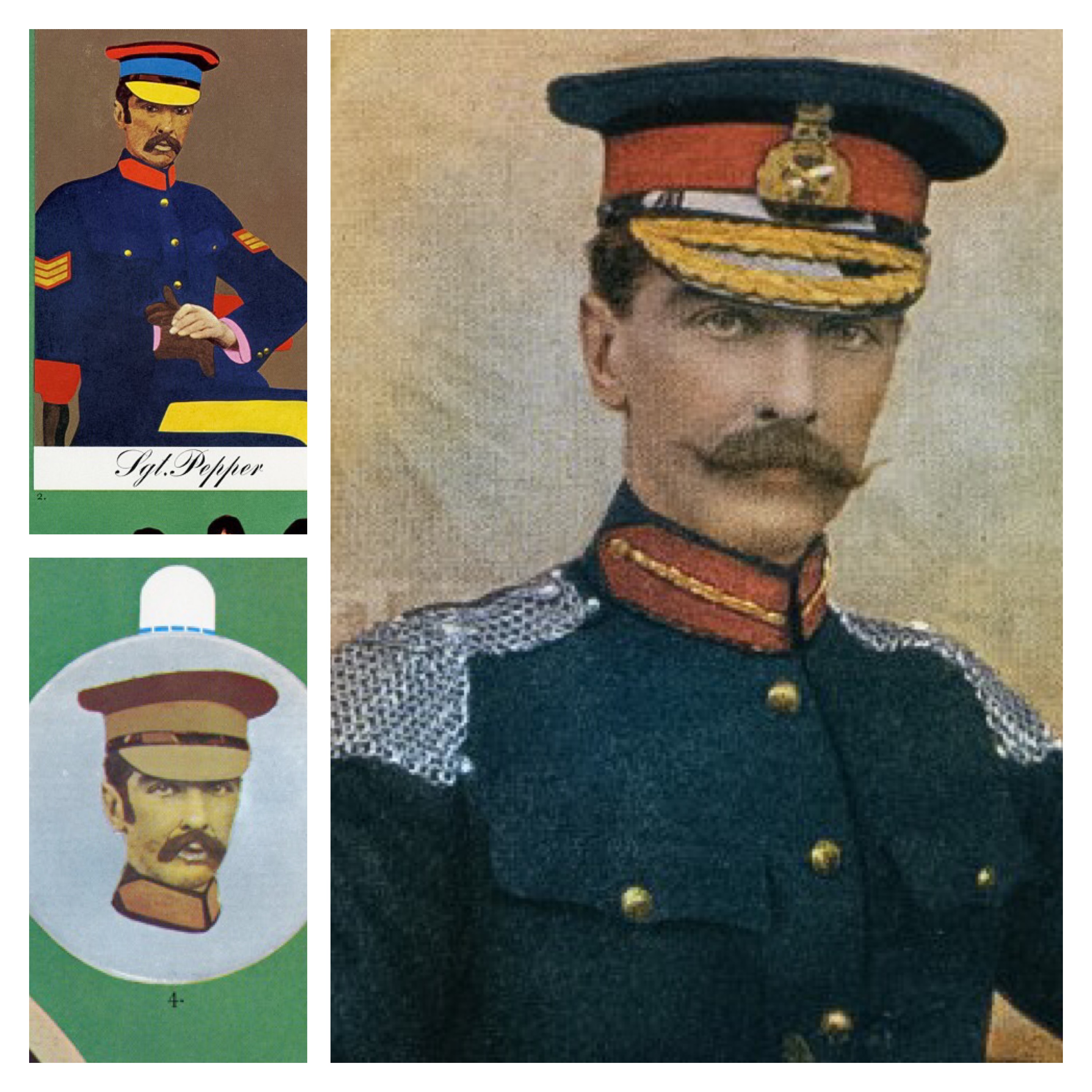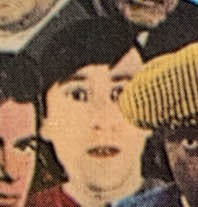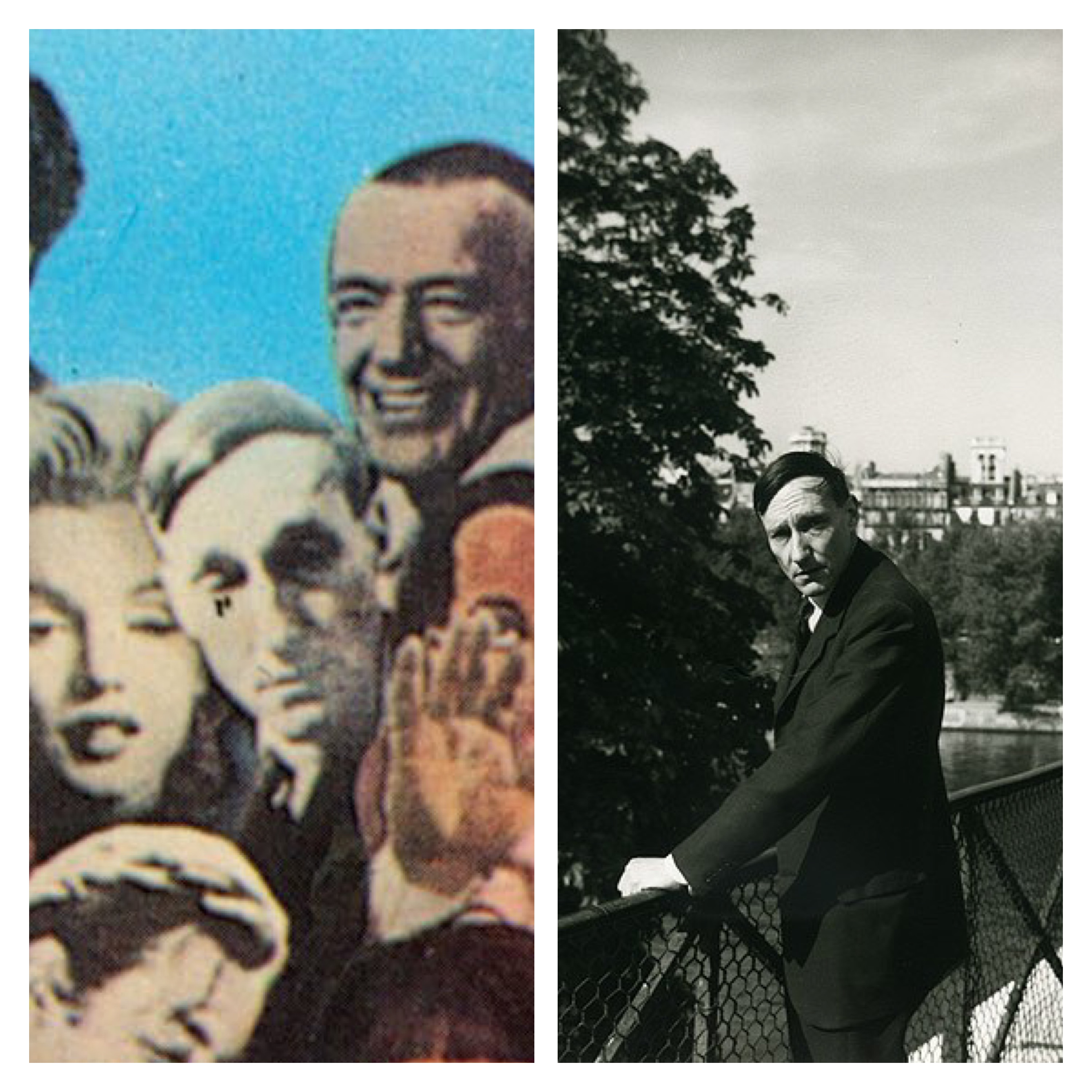Exclusive: Nigel Hartnup, the man who took the Sgt Pepper cover photo
Nigel Hartnup was not just another photography assistant during the making of the Sgt Pepper cover, he was the one who took the actual photograph. Yes, *that* one.
He recently contacted me following the publication of an article in Mojo Magazine and told me that what had been published was only “half the story.”
So, for the first time, here is the previously unpublished, full and exclusive story of the Sgt Pepper cover shoot from Nigel Hartnup himself.
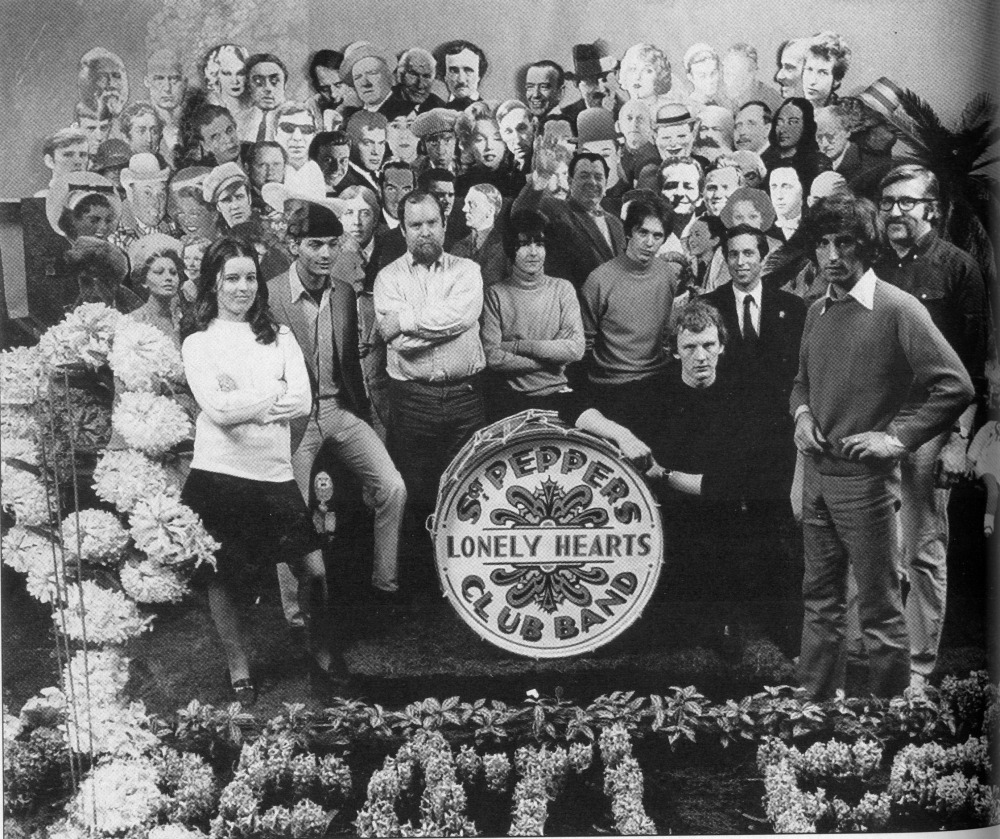
From left to right: Jann Haworth, Mohammed (Robert Fraser’s driver), Peter Blake, Andy Boulton (junior assistant), Trevor Sutton (assistant), Nigel Hartnup (leaning on the drum), Mme Tussauds worker, Michael Cooper, Mal Evans.
Standing on a rickety stool, which was on a table, my head was jammed sideways into the corner of the wall and the ceiling as I concentrated on the inverted image in the back of a 5 x 4 Sinar technical camera at full stretch on its tripod. The traditional photographer’s black cloth was not needed over my head, as the walls and ceiling of the whole studio were painted matt black. In front of me, at the far end of the studio was a scene that was to become world famous for many years to come and we had been working on it solidly for a fortnight, which is a long time for any photograph, never mind a ‘mere’ record album cover.
But, it was 1967 and this was the cover for the new release for The Beatles! They were the most famous music group ever, and this was a new concept in records, so the cover had to be special, and this certainly was. Those of us who worked in the sphere of photography, music, art and fashion in the sixties were not easily impressed. We reckoned we were pretty cool, but all of us working on this photograph knew that this was going to be iconic and we were right. ‘Sergeant Pepper’s Lonely Hearts Club Band’ became an instant success, and the cover was an immediate talking point. It’s still famous all over the world and I’m so proud to have been a part of its production.
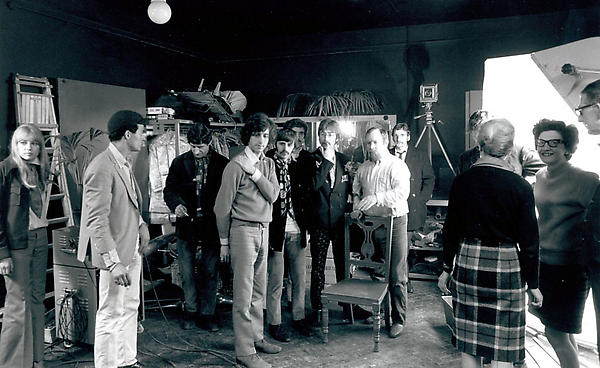
I was an assistant photographer to Michael Cooper, for his company, MC Productions Ltd, along with my friend, Trevor Sutton and a junior assistant, Andrew Boulton. Trevor and I had studied photography together at Medway College of Art and we teamed up once again at Vogue Studios, in Hanover Square, as assistants to the fashion photographers who were contracted with them. Michael Cooper worked there and when he left in 1965 to set up his own studio he asked us to work for him and be his assistants for the princely sum of £12.10 shillings a week. As we were only getting £10 at Vogue, we both agreed.
Michael was short, long-haired and wildly dressed, usually in tight trousers, colourful shirts, long scarves and bright jackets. He was financed by the art gallery owner, Robert Fraser, of the House of Fraser family, who was friendly with top artists and musicians and a highly influential figure in the sixties art and music scene. Although very progressive in his thinking, Robert was much more soberly dressed than Michael, usually in an expensive suit and tie. Michael continued to need his financial help throughout the time I worked for him, as he didn’t get enough work to pay our wages and keep the studio going.
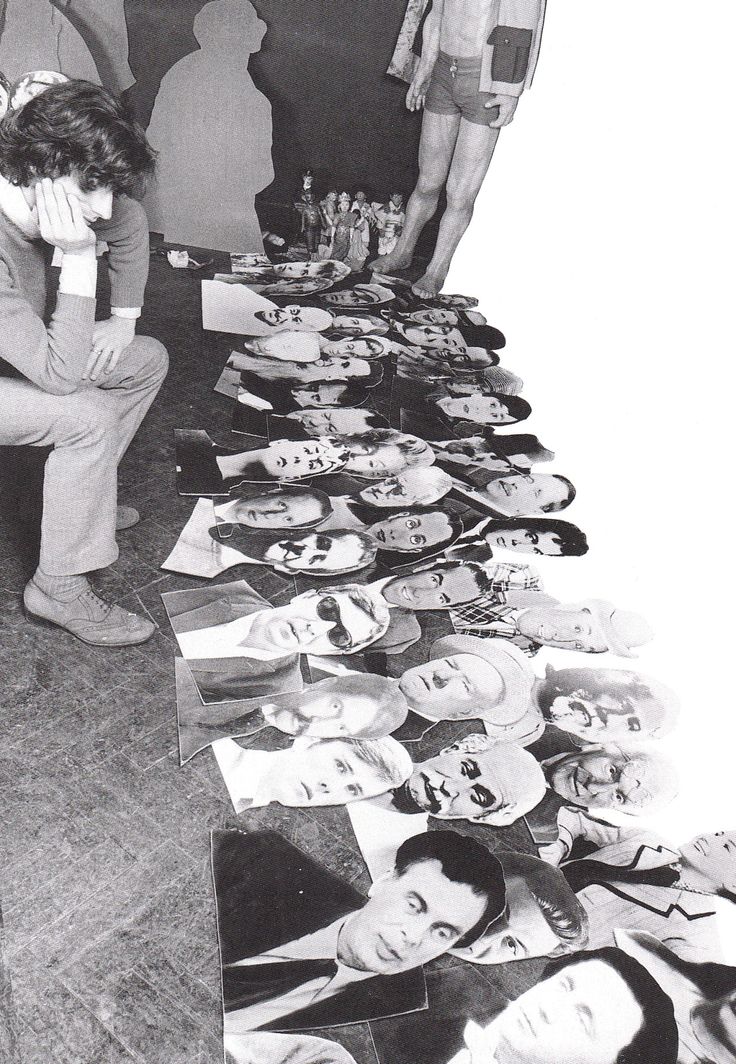
Robert was to become a crucial figure in the Sgt Pepper story. He entertained a lot and it was in his apartment in Mayfair that the cover was conceived from an idea discussed between Paul McCartney and the wonderful artist, Peter Blake. The photograph was to be of a band called Sergeant Pepper’s Lonely Hearts Club Band on a lawn, behind the name of the Beatles made with flowers, just as the public parks often did in those days. This band was to be their alter ego and behind them would be an audience of people the Beatles respected and admired, along with waxworks of the Beatles themselves. The cover grew from there. Peter Blake drew a design and three of the Beatles wrote a list of names. Ringo said that anything the others said was fine with him. Peter, Michael and Robert also added people.
When Michael Cooper flew to New York to research the Rolling Stones 3D cover for ‘Their Satanic Majesties Request’, the list of names for the crowd appeared and suitable photographs of the people had to be found. This wasn’t easy. Jann Haworth and Peter Blake did the majority and mostly used specialised photo libraries such as the BBC Radio Times Hulton Picture Library, but sometimes we had to source directly from friends or family. John arranged for former Beatle, Stuart Sutcliffe’s photo to come by special delivery from his parents. The Liverpool football player, Albert Stubbins came by post from LFC.
As they arrived, we photographed the head shots and enlarged them to life size on 20 x 16 paper and sent them off to be professionally mounted on hardboard. Some of the characters were very beautiful full-length figures, such as Marlene Dietrich and Tom Mix, so we decided to get a photo lab to print and mount them full size, as we didn’t have such equipment in Chelsea Manor Studios. We then hired a carpenter to come with his jigsaw and carefully cut them out. My biggest contribution came next.
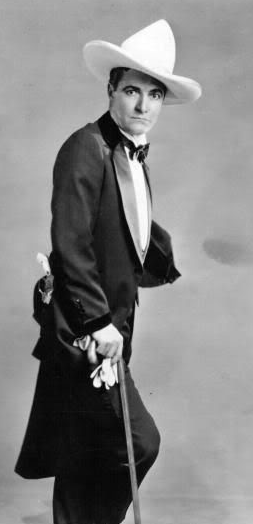
My dad had always loved photography and when he was a young man, he coloured many of his favourite hand printed b/w photographs with photographic dyes and he taught me how to tint photos this way. It’s not easy. You have to be patient, yet fast, and put on a layer of diluted dye, then wipe it off, then another, wipe it off, then another, until you get the subtle result required. It’s tedious work that needs patience and care. I tried to teach the others how to do it, but one person, (who shall be nameless!) was a disaster, and wasn’t allowed to do a second one. Just look at Aldous Huxley!
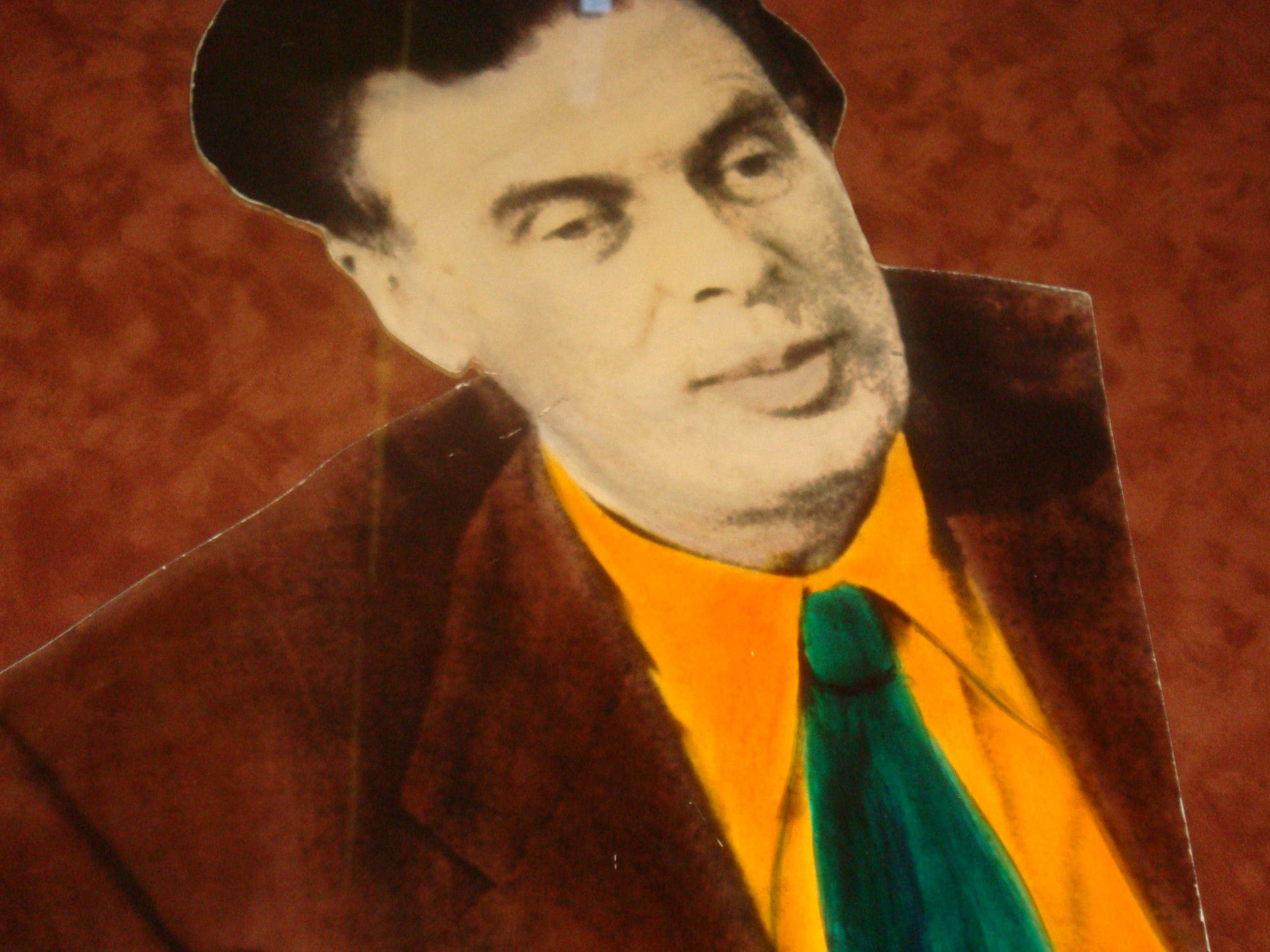
I was most proud of Marlene Dietrich, H.G.Wells, W.C.Fields, Max Miller and Carl Jung. I did lots of others too, and I can proudly boast that the best ones were mine, except for Tom Mix, which Trevor did. Peter Blake’s wife, Jann Haworth did Tyrone Power and Oliver Hardy; perhaps a couple more.
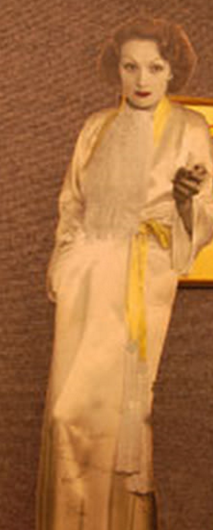
Michael had nothing to do with any of this, but before he left for New York, he arranged for a carpenter to build a wooden flower-bed with nails sticking through the bottom, spelling out the name ‘Beatles’. This was to be filled with a layer of earth so that gardeners could come with a van full of potted hyacinths, and the flower heads chopped off and stuck on the nails. It would then be surrounded by soil and fake grass laid out to make a public park appearance.
We kept in close touch with Peter Blake, as the overall design was his and he did much of the general organisation, like communicating with Madame Tussaud’s, so we could borrow waxworks of Sonny Liston, Diana Dors and, of course, the Beatles themselves. Peter was, and is, a very nice man, kind, gentle and considerate of others. It was a real pleasure to work with him.
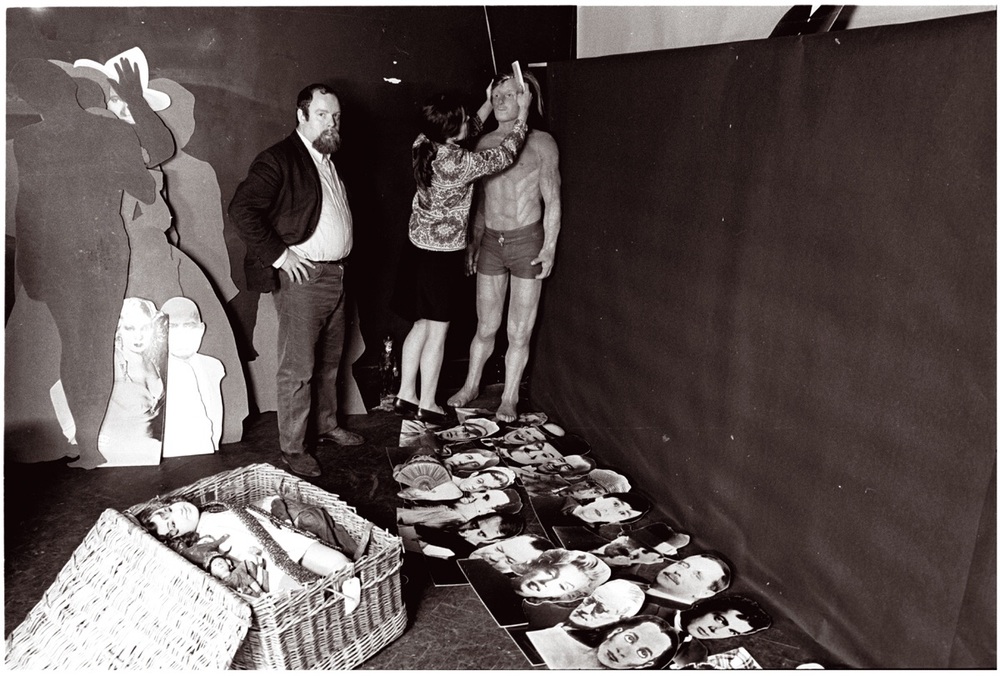
Trevor and I discussed the lighting and we agreed that we would construct a false white ceiling and bounce the flash off that. Used on its own, the ‘fish fry’ wouldn’t cover all the set. A ‘fish fry’ was a large rectangular box with a powerful flash unit inside and a diffusing white plastic sheet, which softened the harsh electronic flash lighting. It was the latest thing in those days for fashion photography. Used in conjunction with a couple of strip lights for the background it was Michael’s favourite tool.
We proceeded to get the set prepared. Peter came to the studio and expressed his ideas for the way it should all be laid out and we set to work. Heads had to be tacked to the wall in a particular order and he took control of that. A shelf was constructed to hold the waxwork heads and the others that he had brought and everything began to take on an urgency that was typical of the photography business in the sixties. Michael then returned from New York and took control of how the set was put together.
The problems started when the frame arrived for the garden. Trevor and I were horrified to see its size, as we knew immediately that it was far too big for the studio. The idea had been for the flower bed to be surrounded by grass, then a gap for the Beatles to stand in, and behind that would be the crowd. Some depth was essential to give a more realistic feel to the shot. Now, with such a large garden, that was not possible, as it had to be farther away from the camera and the final effect would be flat. Sadly, that was how it turned out, as Michael had given the carpenter the wrong measurements!
We suggested to Michael our plan to reflect light from a false ceiling, but he said that he wanted to use his signature lighting of ‘fish fry’ and strip lights, and wouldn’t listen to our technical advice that it wouldn’t cover such a large set. So we put the set together, the gardeners cut the heads off the hyacinths and constructed the garden and only then did Michael realise that the lighting he’d suggested wouldn’t work. So, with a studio full of people and the set almost complete, he announced that we had to construct a false ceiling and bounce the light off that. We couldn’t believe it! This would have been much easier to do when we suggested it in the first place and now we had to pretend it was his idea and go through the difficult process of building it all, with the flower garden underneath. I was furious, but just had to quietly get on with it.
Then we had to put the camera as far away and as high as possible, which meant putting the tripod on a table and extend it to full stretch, which meant that I had to be the one who managed the camera, as I’m 6’ 2” tall. So my head was squashed into the corner between wall and ceiling as I tried to yell instructions to Trevor and Andy where and how things in the set should be arranged. A particular problem was the reflections from the photographs of the heads. “Tilt Bob Dylan forward a bit. Yes. Now push Mae West’s right shoulder back – not that much – Yes. Now, Shift Karl Marx to the left a bit!” I suddenly realised what I’d said and had to laugh, but nobody else spotted it and wondered why I was amused. It was bizarre.
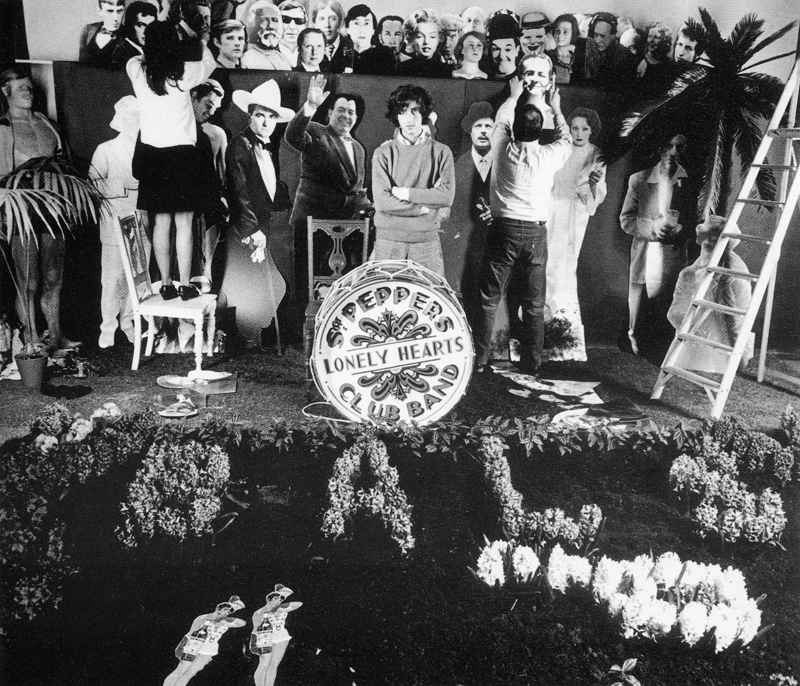
Soul music was throbbing constantly in the studio, headed by Otis Reading, Wilson Pickett, Booker T and the MGs and many albums that were unavailable in England. Few people stood still. Everybody was moving some part of their body with the beat. The joint was jumping, as they say.
It was not just the photographic crew and the Beatles who were there. There were two people from Madame Tussauds who had arrived earlier in the day with all the waxworks. I was particularly amused by Sonny Liston, who arrived without his head, which came in separately, in a box, with lots of padding. It was very realistic and sinister and I remember taking a photograph of this bizarre boxed head.
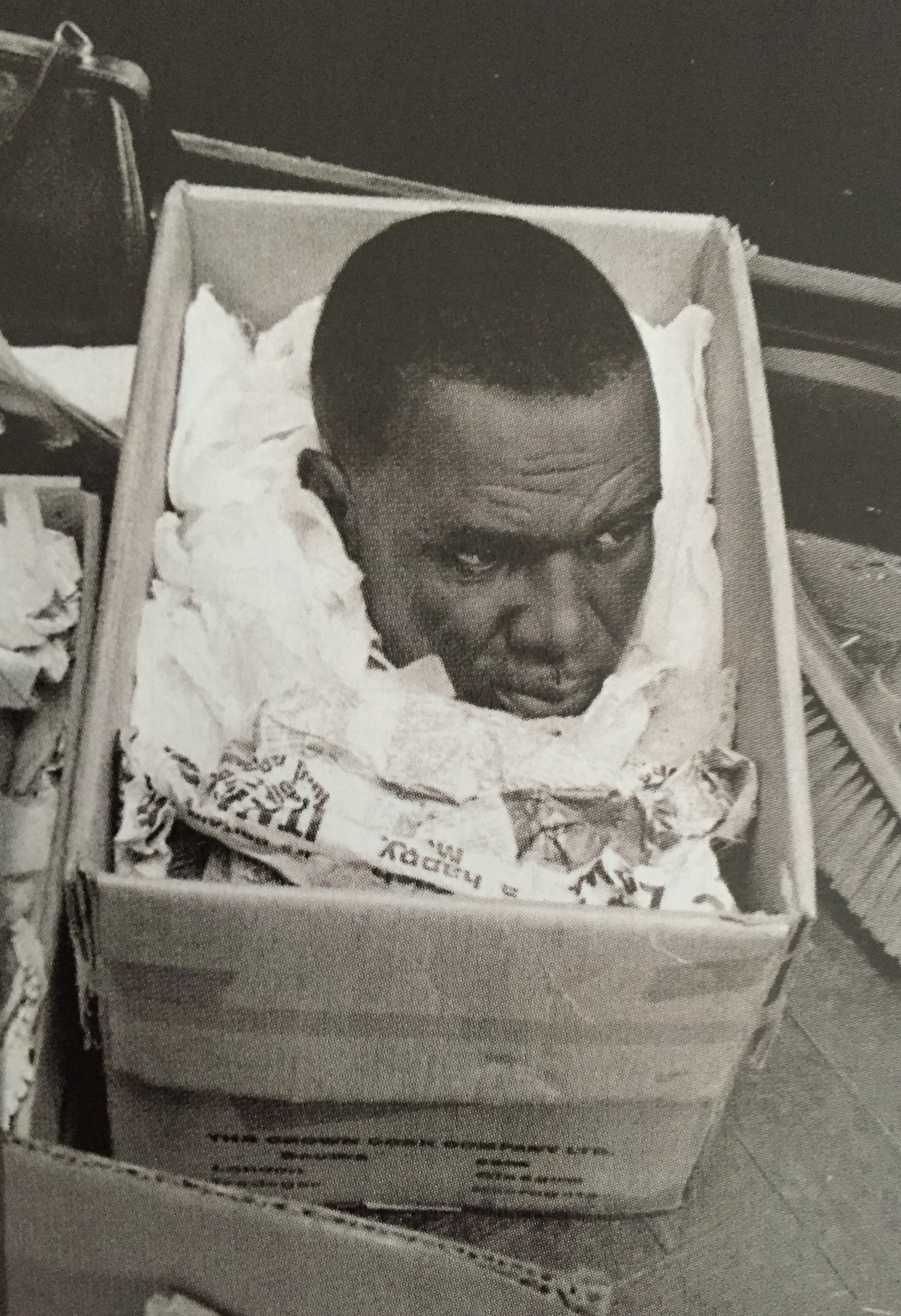
When he was assembled, I was delighted to discover that he was smaller than me, and I had Trevor take a photo to prove it.

There was also Diana Dors and the heads of T E Lawrence and George Bernard Shaw. Also there were the waxworks of The Beatles. The idea was that Sgt Pepper and his Lonely Hearts Club Band should be in the foreground and The Beatles were to be in the audience watching them. However, this never really worked, as the set was too squashed and flat. This was a great pity. We were very grateful for the waxworks, but had to be very careful with them, as they are very valuable. We weren’t allowed to handle them.
It was a strange time. With so many full size figures around, I would find myself dodging dummies as if they were real people and then bumping into someone because I thought they were a cut-out and was surprised when they moved.
Obviously, Peter and Jan were there that night and also Robert Fraser, with his driver, Mohammed, and the Beatles ‘minder’, Mal Evans, but there were other folk that I didn’t know. Earlier in the evening, Michael’s four year old son, Adam, was there, so presumably, Michael’s ex-wife, Rosie, was too, but I don’t remember. The place was packed!
Another problem arose at this time. Communication between me, on the camera, and Trevor and Andy on the set was crucial, but there were so many people in the studio that I could not be heard. Also, so many people were smoking that the atmosphere was thickening and threatening the air quality. I have to say that it was not just tobacco, but lots of weed was being passed around. The three of us didn’t partake until it was all finished, as we had serious work to do. Eventually, I just had to throw everybody out while we put the finishing touches to the set. When they were allowed to return, they were not permitted to smoke, at least not in the studio!

Apart from the tinting, there were two personal contributions I made. When I was at Vogue, I worked for James Mortimer, who was a very sympathetic person and a very competent photographer. He did fashion work, but mostly he did room sets and I built these for him in the studio. His hobby was car racing and he drove a Marcos, which was a car with a wooden chassis. This made it safer, because if there was a crash, it just snapped apart and the driver was thrown away ‘safely’. The car could then be glued back together again. I thought this was a fascinating idea and my girl friend had given me a Dinky toy Marcos, which I put in the hand of the figure made by Peter Blake’s wife, Jann Haworth. It’s small, but clearly visible.
My other contribution involved a gnome. Obviously, a garden had to have gnomes, and they are known to be naughty, so I photographed the back view of one and planned to put it at the front, as if he was peeing on the garden. However, it just didn’t look right; the idea didn’t work, so I removed it. A pity, as I still think it was a fun idea. After the shoot was over, I had the back view signed by the Beatles, which I sold a few years ago. Interestingly, it resold in 2015 for £29,000. I also had Marlene Dietrich signed, which I was very proud of. She became a prominent figure on the set.
When the time arrived to take the photos, Michael still couldn’t get up to the camera, so he stood in front and directed the Beatles and told me when to press the trigger. So it was actually me who took the photographs. It was normal at the time for the assistant to be on the camera when dealing with large format, technical cameras and it certainly doesn’t mean I claim them as mine. I just pressed the shutter. Michael used his 35mm Nikon for the seated photos that were used on the inside.

We finished late in the evening, but one of the best restaurants in London, Alvaro’s, was just along the King’s Road and stayed open for us. I was very proud of Marlene, so I walked along to the meal with her tucked under my arm. When we got there, it didn’t seem appropriate for me to take her inside, so I propped her up by the doorway on the street until we’d finished eating! This figure was to resell in 2003 for £86,000. Goodness only knows what it’s worth now – and I’d left her in the street! Incidentally, I wasn’t impressed with the food as the portions were fashionably tiny and I was famished!
The album wasn’t finished yet, though. Peter had wanted some gifts to be enclosed in the boxed set; a postcard of Sgt. Pepper, a set of sergeant’s stripes, a folding cardboard sign, a false moustache and two badges. EMI said that they were already way over budget and wouldn’t spend the money, but Peter was determined to get the idea across. So, on the following Sunday, we met at the studio and I took photographs of the things he had produced and made prints for him to take away. He then designed the cardboard sheet that was slipped inside.
I never got a penny overtime money for all the late hours and the busy Sunday, but Peter kindly invited the three of us assistants to an excellent Chinese meal in north London in a private room upstairs, with his wife, Jan Haworth, and her father, who was the set designer for the soon-to-be-released film, ‘Half a Sixpence’. Also there was the star, Julia Foster, and the director, George Sidney. It was a truly memorable meal with really fantastic food. Thanks again, Peter.
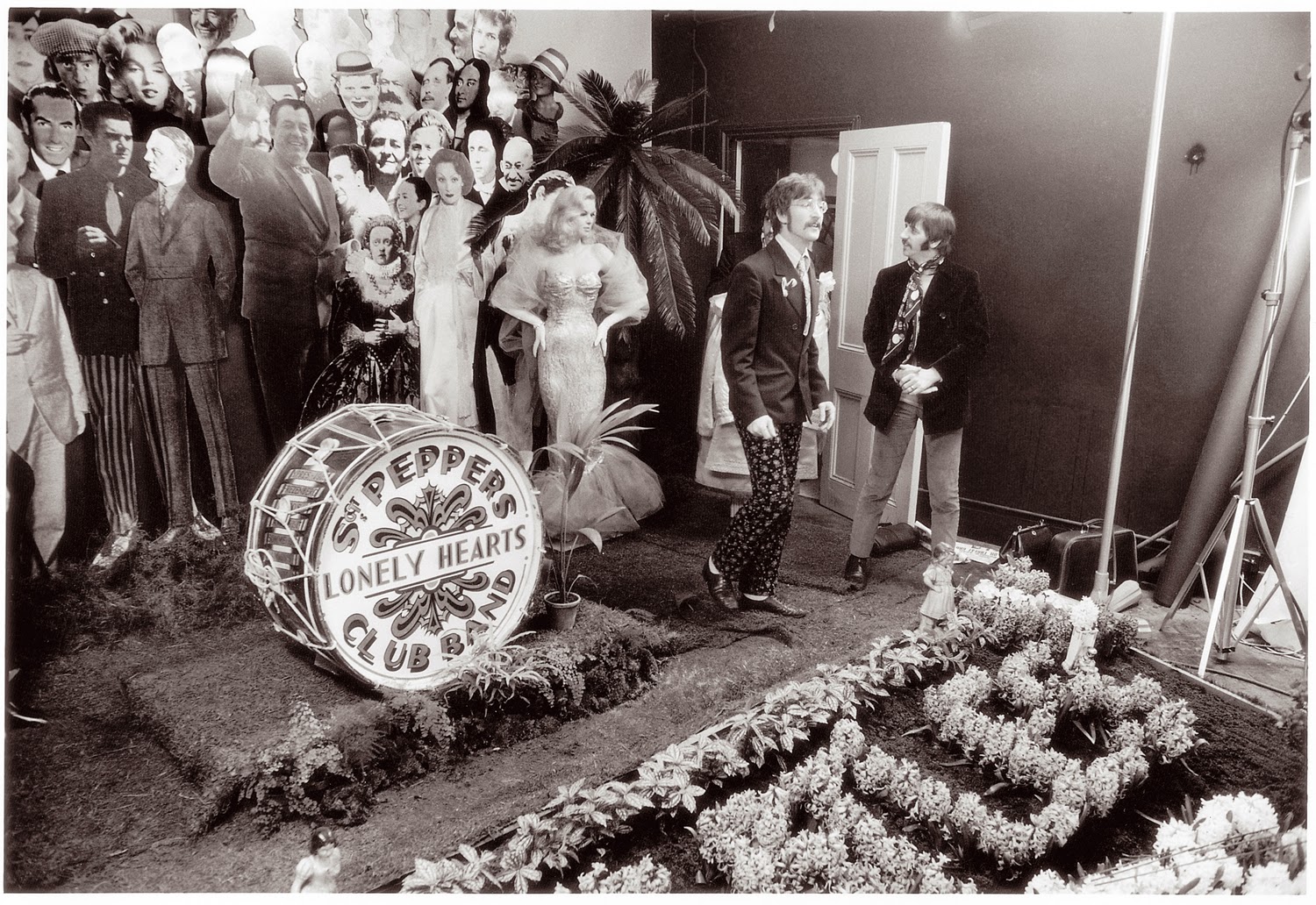
In gratitude, Michael invited us to go with him to Paris to see the Rolling Stones opening their European tour at Olympia. He was up in the high box behind the audience arranging the lighting effects and we were in a privileged position, so we got to go backstage to photograph the goings on. We even got to go into the practice room and in the wings during the concert and I was very pleased with my results. Unfortunately, all these photos were stolen years later, but that’s another story.
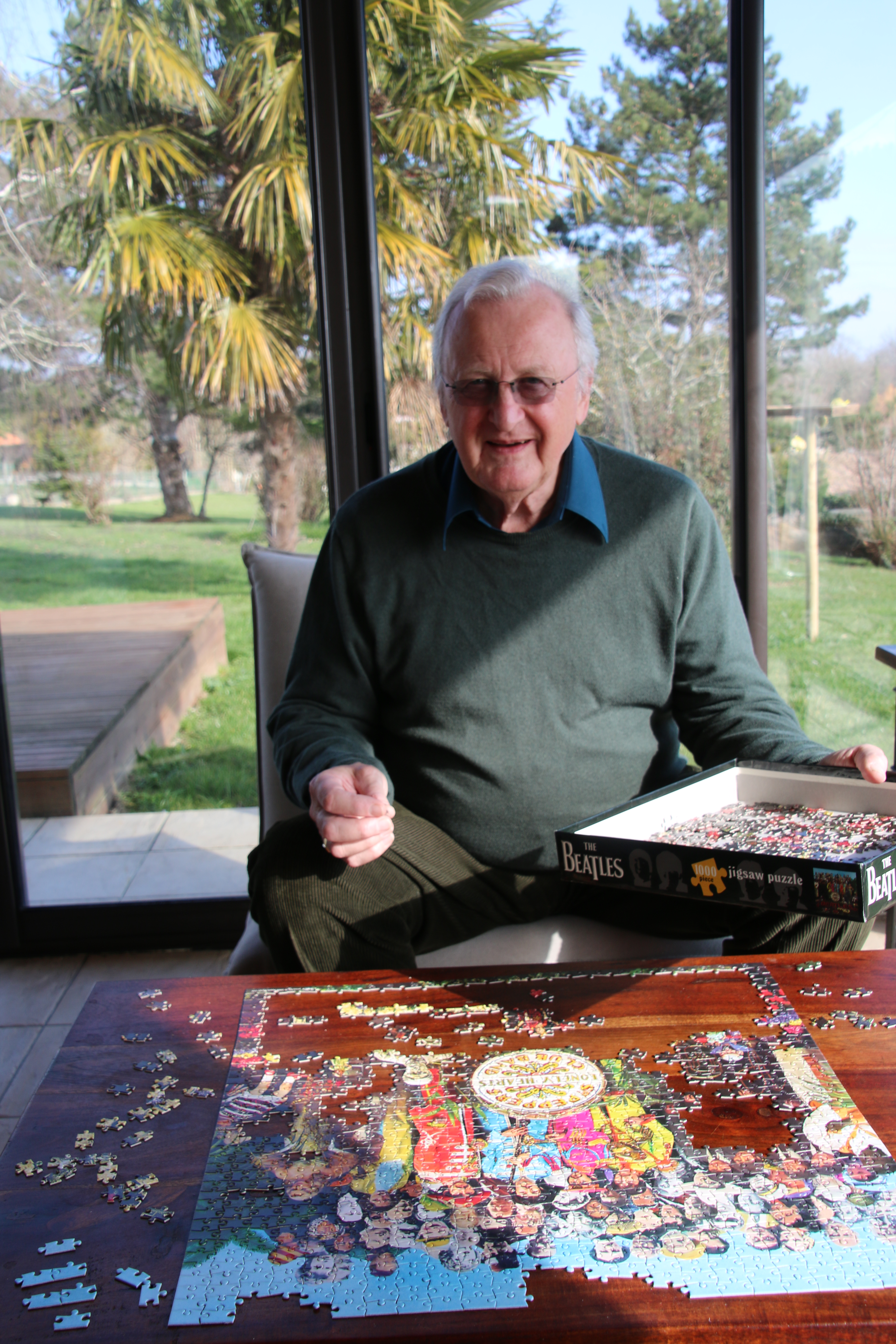
Nigel Hartnup 2017







































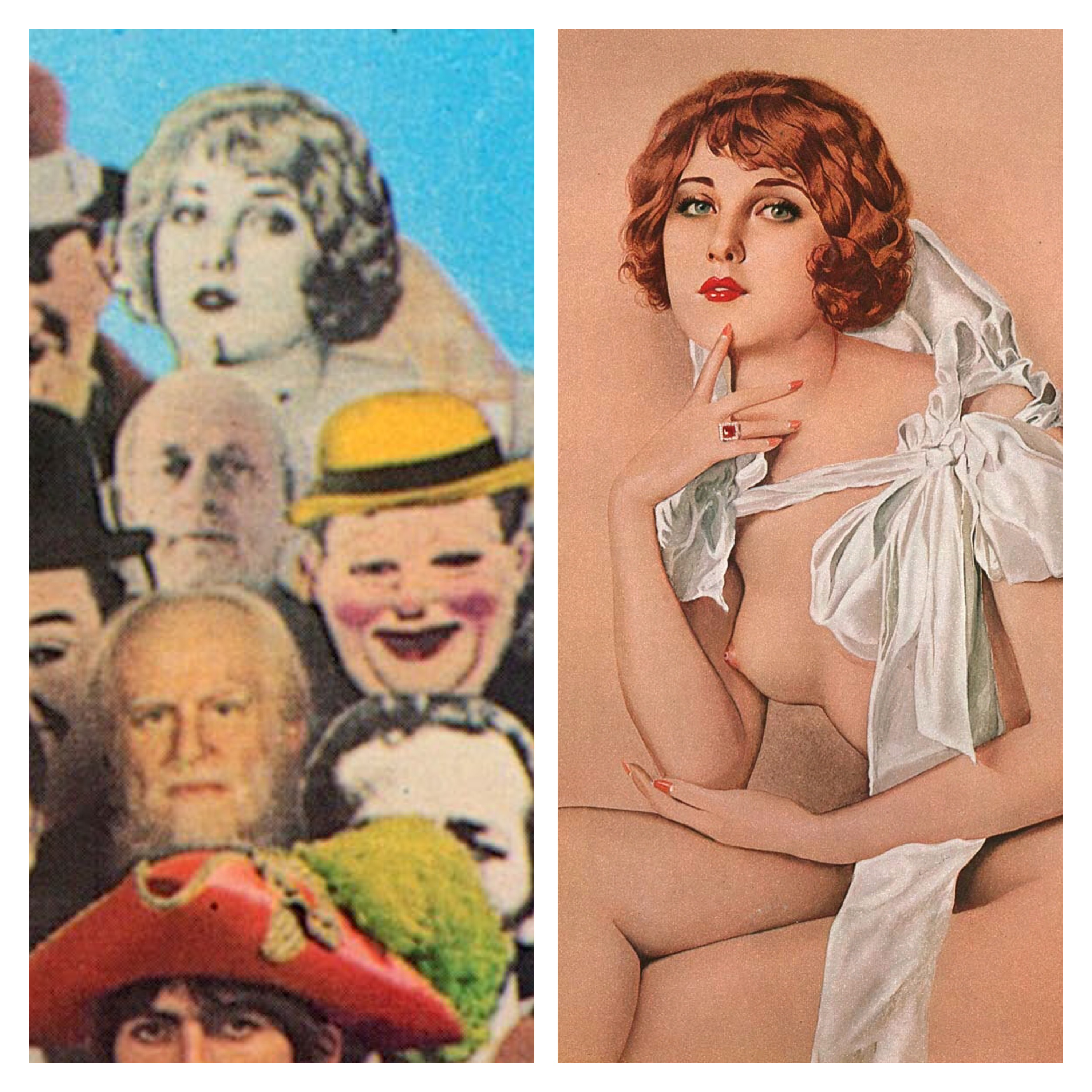
























 Tyrone Power: Swashbuckling Hollywood actor.
Tyrone Power: Swashbuckling Hollywood actor.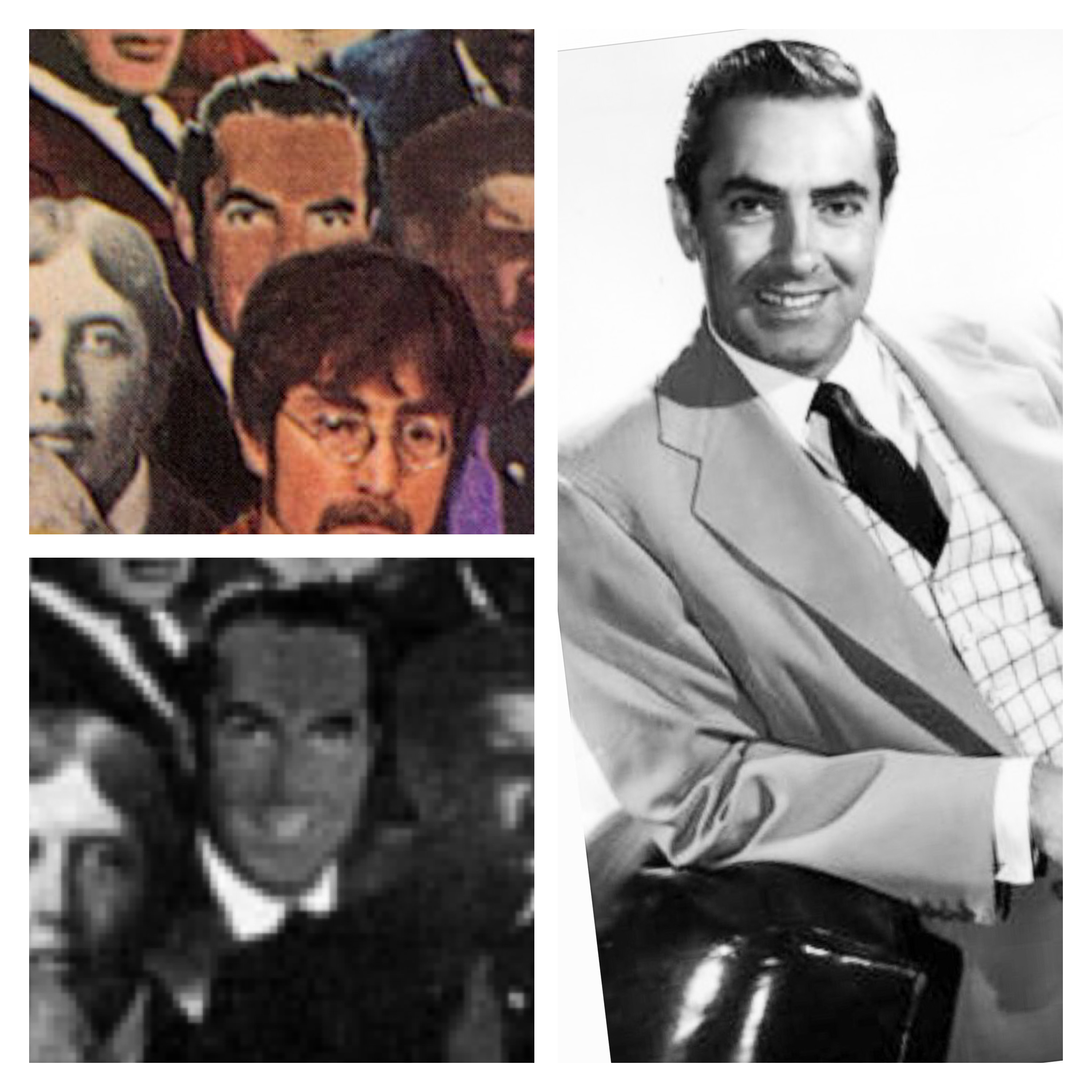






 Leo Gorcey: Dead End Kids & Bowery Boys movies actor. Painted out after requesting a $400 fee to use his image.
Leo Gorcey: Dead End Kids & Bowery Boys movies actor. Painted out after requesting a $400 fee to use his image.







 Dr David Livingstone: Explorer. Research reveals that this is not a photo but a waxwork bust, so no source photo exists. Alternative shots suggest that this is the pre-made up model.
Dr David Livingstone: Explorer. Research reveals that this is not a photo but a waxwork bust, so no source photo exists. Alternative shots suggest that this is the pre-made up model. George Bernard Shaw: Irish playwright. Alternative shots reveal this to be a waxwork so no source photo exists. This may – or may not – be the original.
George Bernard Shaw: Irish playwright. Alternative shots reveal this to be a waxwork so no source photo exists. This may – or may not – be the original. 

 Bonus: Legionnaire from Royal Antediluvian Order of Buffaloes (RAOB). This MAY be John’s uncle, Charlie Lennon, who was a member.
Bonus: Legionnaire from Royal Antediluvian Order of Buffaloes (RAOB). This MAY be John’s uncle, Charlie Lennon, who was a member.








